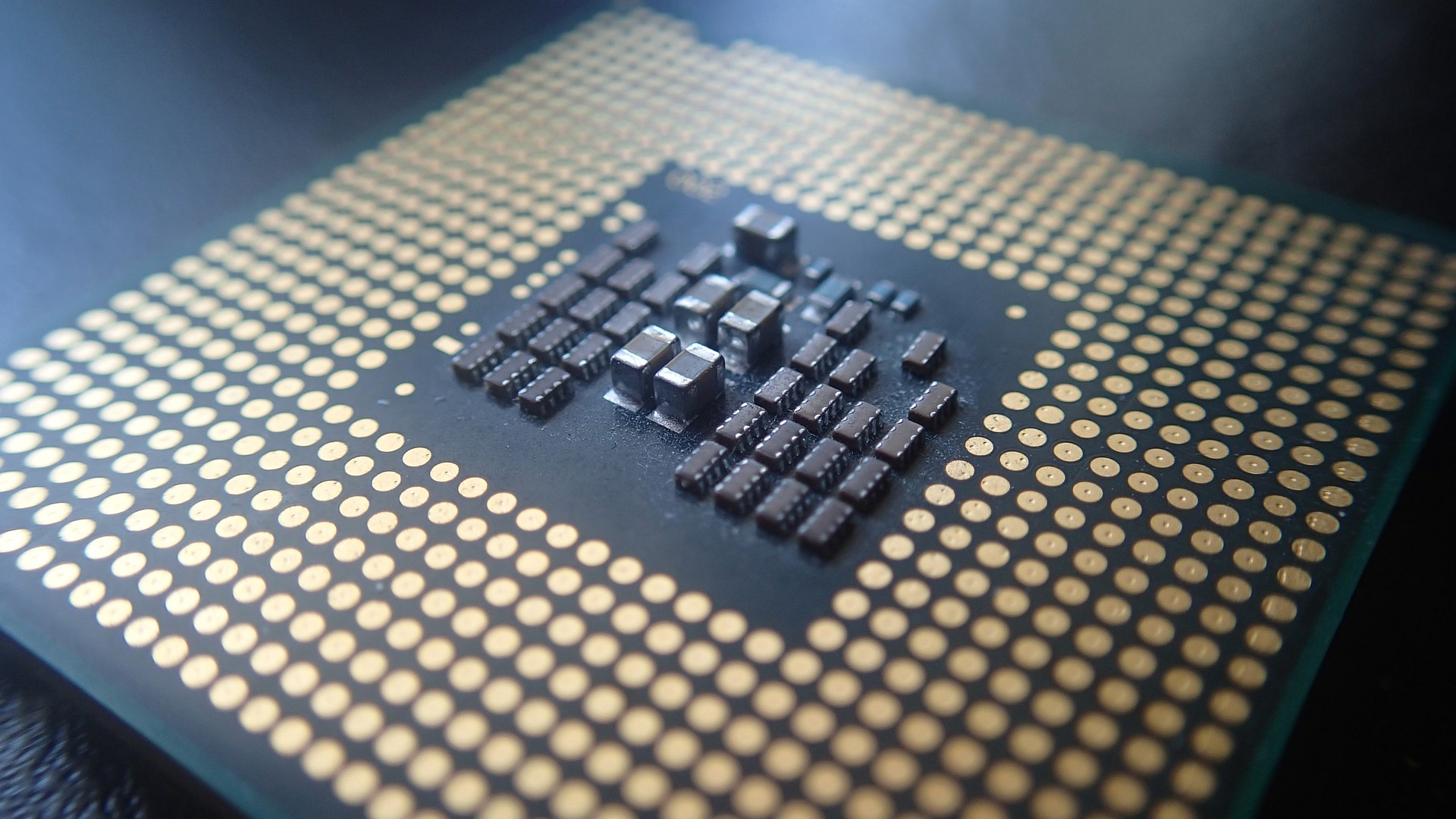"Invisible Ink: Unveiling the Potential of E-ink Technology"
In a world where high-resolution, vividly colored screens are the norm, the understated elegance of E-ink technology has an undeniable charm. E-ink, or electronic ink, is a type of display technology that mimics the appearance of ink on paper. Known for its paper-like readability, low power consumption, and light reflection rather than light emission, E-ink is an intriguing alternative to typical backlit displays. This article delves into the origins and development of this technology, its current applications, and future potential.

Ink in a Digital Age: The Origins and Evolution of E-ink
E-ink, a product of the 1990s, was born in the labs of MIT’s Media Lab. Its inventors, a visionary group of scientists, had a simple yet ambitious goal: to create a display that was as easy to read as traditional paper. They achieved this through the ingenious use of tiny microcapsules filled with positively and negatively charged particles suspended in a liquid. When an electric field is applied, these particles move, creating images and text that hold their form even when the power is turned off.
The E-ink Advantage: Why E-ink Stands Out
Fast forward to the present day, E-ink has found widespread use in devices such as e-readers, electronic signage, and even smartwatches. The key advantage? Its ability to provide a comfortable reading experience even under direct sunlight, thanks to its light-reflective nature. This is a stark contrast to traditional LCD or OLED screens which emit light directly into the user’s eyes, causing strain over time.
E-ink in the Market: Popular Products and Price Range
The most prominent use of E-ink technology can be seen in Amazon’s Kindle e-readers, which range in price from around $90 to $350, depending on the model and features. The Kindle Paperwhite, for example, boasts a high-resolution E-ink display, waterproof design, and weeks-long battery life, making it a popular choice for avid readers. Other E-ink products include the Sony Digital Paper, a line of high-end E-ink tablets designed for note-taking and document reading, and the Pebble smartwatch, which uses E-ink for its always-on display.
Future Ink: The Potential and Challenges of E-ink
While the current applications of E-ink are impressive, the future potential of this technology is truly exciting. Possible uses extend to areas such as smart home applications, where E-ink could be used for low-power, easy-to-read displays for appliances, thermostats, and more. However, challenges remain. The slow refresh rate of E-ink screens and the lack of color in most E-ink displays limit its wider adoption.
Beyond the Page: The Impact of E-ink
E-ink technology, with its unique advantages and limitations, has carved out a niche for itself in a world dominated by flashy, high-resolution screens. The blend of traditional reading comfort with the advantages of digital content offers a unique user experience, bridging the gap between the analog and digital worlds. As we continue to explore and refine this technology, who knows what innovative uses we might discover next?
In conclusion, E-ink is more than just a technology; it’s a testament to human ingenuity, a symbol of our quest for better, more sustainable, and more user-friendly digital solutions. As we look to the future, the potential of E-ink is as exciting as the ink is invisible.




